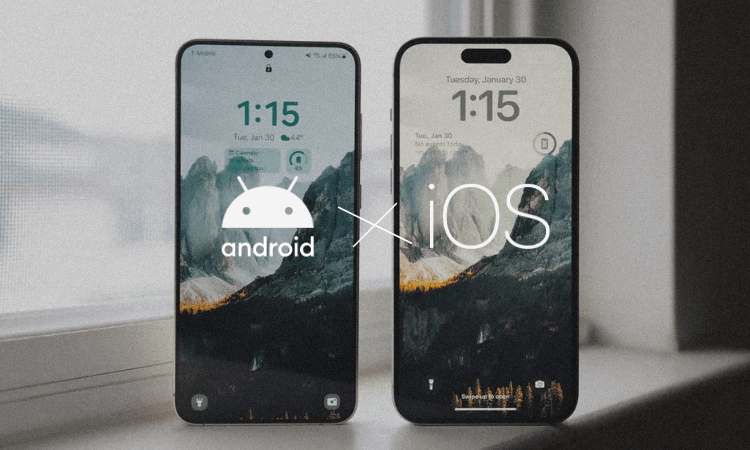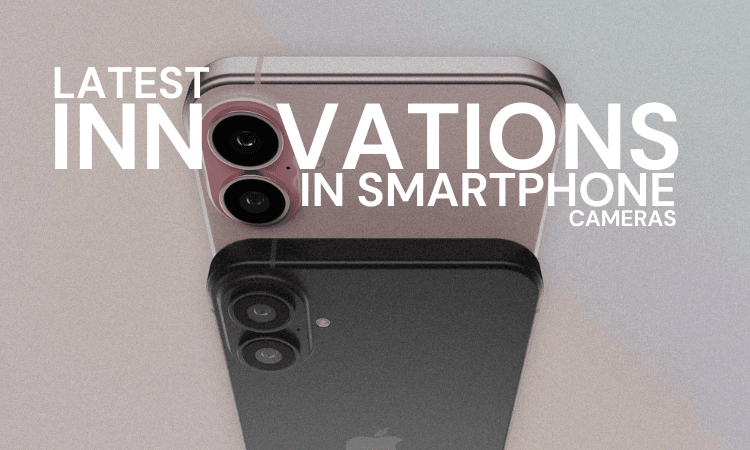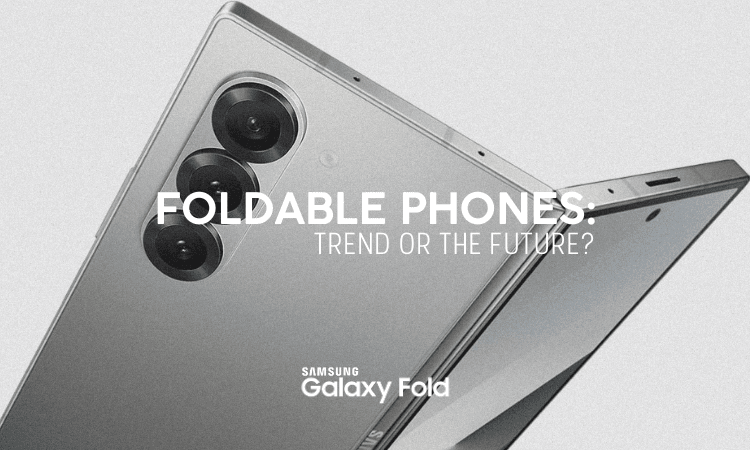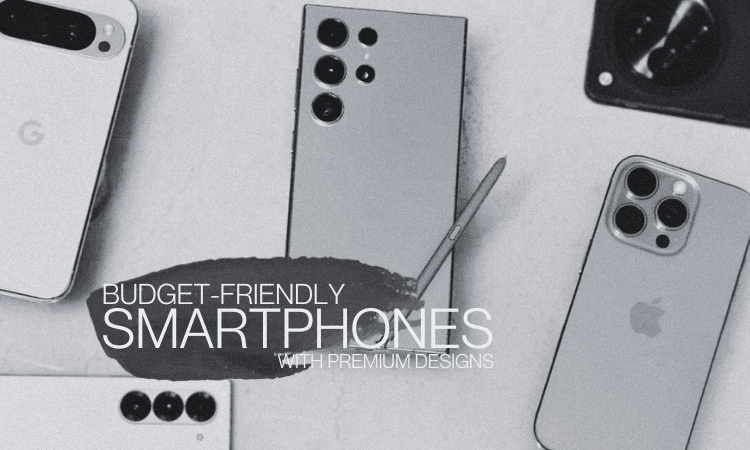Choosing the right operating system for your smartphone can be a significant decision. iOS and Android are the two dominant systems, each with unique features and advantages. While iOS is known for its smooth and user-friendly interface, Android stands out for its customization options and variety of devices. This article will help you understand the key differences between iOS and Android, so you can make an informed choice based on your needs and preferences.
The fifth generation of wireless technology, commonly known as 5G, is designed to deliver faster speeds, lower latency, and more reliable connections compared to its predecessor, 4G. With major telecommunications companies rolling out 5G networks worldwide, the availability of 5G-enabled phones has surged. However, the question remains: should you upgrade to a 5G phone now, or is it better to wait? This article aims to provide a comprehensive overview, making it easier for you to make an informed decision.
User Experience and Interface
The user experience and interface are crucial aspects of any operating system. Here’s how iOS and Android compare in this regard.
Ease of Use
iOS is often praised for its intuitive design and user-friendly interface. The layout is consistent across devices, making it easy for users to navigate and find what they need. Android, on the other hand, offers a more complex interface but provides users with more control over their experience.
Customization
Android is known for its high degree of customization. Users can personalize their home screens, change app icons, and use widgets to tailor their devices to their liking. For example, Android allows users to place apps and widgets wherever they want, download and apply different themes and icon packs, and supports a wide range of third-party customization apps. iOS, while more restricted, has started offering more customization options in recent updates, such as widgets and app organization.
App Store and Availability
Both iOS and Android have robust app stores, but there are some differences in availability and quality.
- App Store (iOS): Known for its strict quality control, resulting in high-quality apps.
- Google Play Store (Android): Offers a wider variety of apps but with varying quality levels.
- Exclusive Apps: Some apps are exclusive to one platform, so it’s essential to check if your favorite apps are available on your chosen system.
Performance and Security

Performance and security are vital factors to consider when choosing an operating system.
Operating System Updates
iOS devices receive regular and timely updates directly from Apple. This ensures that all users have access to the latest features and security patches.
- iOS updates are rolled out to all compatible devices simultaneously, and the update process is simple and straightforward.
Android updates are managed by individual manufacturers, leading to inconsistent update schedules.
- Different devices receive updates at different times, and custom interfaces can delay the rollout of updates.
Security Features
iOS is known for its strong security features, including robust encryption and strict app review processes.
- Features like Face ID, Touch ID, and secure enclave ensure built-in security.
- The rigorous app review process reduces the risk of malware.
Android has made significant improvements in security, but the open nature of the system can make it more vulnerable.
- Google Play Protect scans apps for harmful behavior, and advanced users have more control over security settings but also more responsibility.
Device Compatibility
iOS is only available on Apple devices, ensuring a consistent experience across iPhones, iPads, and other Apple products.
- Uniform performance across all Apple devices provides consistency, but there are fewer device options compared to Android.
Android is available on a wide range of devices from various manufacturers, offering more choices but potentially inconsistent performance.
- There is a broad range of devices at different price points, but performance can vary widely between devices.
Ecosystem and Integration

The ecosystem and integration capabilities of an operating system can significantly impact your overall experience.
Integration with Other Devices
iOS offers seamless integration with other Apple products, such as the Apple Watch, iPad, Mac, and HomePod. This creates a cohesive ecosystem where devices work together effortlessly.
- Continuity features like Handoff, AirDrop, and Universal Clipboard enable seamless transitions between devices.
- Apple Watch integration provides smooth pairing and functionality with iPhones.
Android devices can also integrate with other devices, but the experience can vary depending on the manufacturer.
- The Google ecosystem includes integration with Google services like Google Home, Chromecast, and Wear OS.
- Compatibility with a wide range of smart devices and accessories is available, but integration may vary.
Cloud Services
Both iOS and Android offer cloud services to back up and sync data across devices.
- iCloud (iOS) is integrated with Apple devices, providing easy access to files, photos, and backups.
- Google Drive (Android) offers ample storage and compatibility with various Google services.
Brand Loyalty and Ecosystem Lock-In
Sticking with one ecosystem can provide benefits, such as a consistent user experience and easier device management. However, it can also make switching to a different system more challenging. Benefits include familiarity, ease of use, and seamless integration, while challenges involve the difficulty in transferring data and adjusting to a new interface.
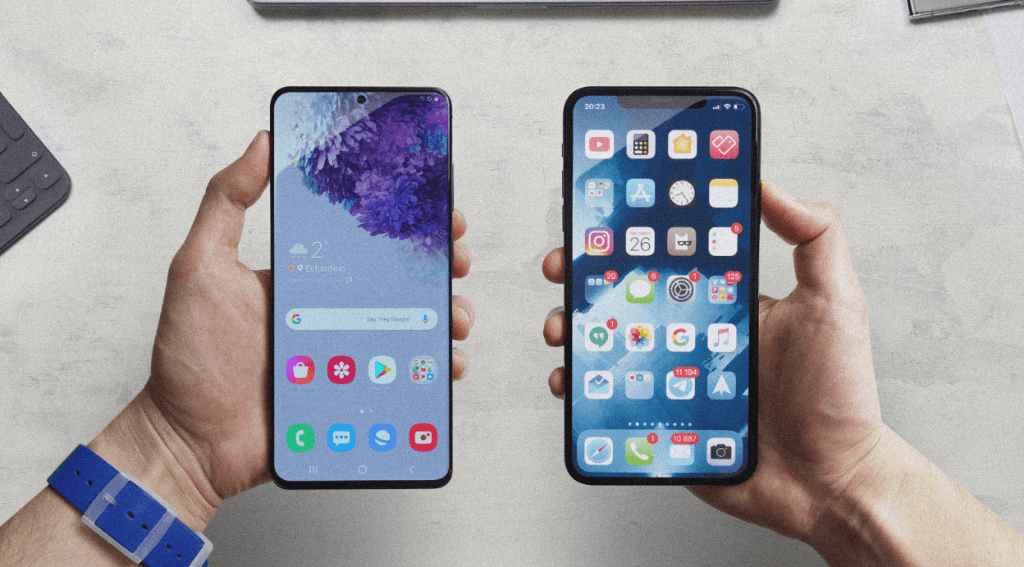
Cost and Value
Cost is a significant factor when choosing between iOS and Android.
Device Pricing
iOS devices, particularly iPhones, tend to be more expensive than many Android devices. However, Apple also offers older models at lower prices, providing some budget options.
- High-end devices like iPhones typically have higher price tags, while previous-generation models are available at reduced prices.
Android devices are available at various price points, from budget to high-end, offering more flexibility.
- There are wide ranges of affordable devices and high-end options with advanced features.
App and Service Costs
Both iOS and Android have free and paid apps, but the cost of apps and services can vary. App prices are generally similar across both platforms, but in-app purchases and subscriptions can add up. Cloud storage and other services may have different pricing structures.
Who Should Choose iOS? Who Should Choose Android?
Choosing the right system depends on your needs and preferences.
Ideal iOS Users
- Those who prefer a straightforward, easy-to-use interface.
- Users who already own other Apple devices and want seamless integration.
- Individuals who prioritize security and regular updates.
Ideal Android Users
- Users who enjoy personalizing their devices and having more control.
- Those looking for a wide range of affordable device options.
- Individuals who appreciate the flexibility and openness of the Android platform.
Conclusion
Both iOS and Android have their strengths and weaknesses. iOS offers a simple, user-friendly experience with excellent security and seamless integration with other Apple products. Android provides extensive customization options, a wide range of devices, and more flexibility. Your choice should depend on your personal preferences, budget, and ecosystem requirements. By considering the factors outlined in this article, you can make an informed decision that best suits your needs.
